|
ICYBento MB559U3S-1S: http://www.icydock.com/goods.php?id=145
ICYBento MB559U3S-1SB: http://www.icydock.com/goods.php?id=160
Dual Bay – ICYRaid MB662U3-2S
|
The ICYRaid MB662U3-2S can expand the NAS system with two hard drives via USB 3.0. With two hard drives, this unit makes it possible to transfer data between two hard drives in JBOD mode. However, the main benefit of using the MB662U3-2S is the built-in RAID function which provides 4 different settings for various uses. Besides using it to expand capacity with two hard drives in JBOD mode or to create a single large storage volume with BIG mode, the ICYRaid can also be set up in RAID 1 or RAID 0 to be used with the QNAP NAS. With RAID 1 mirroring, your data will be protected from hard drive failures and this makes the MB662U3-2S a great backup storage solution for all your important data from various computers and/or even the data off of your main NAS hard drive.
|
Product Link:
|
ICYRaid MB662U3-2S: http://www.icydock.com/goods.php?id=160
|
Quad Bay – ICYCube MB561U3S-4S
|
With 4 hard drive bays, the ICYCube MB561U3S-4S can expand the NAS by up to 24TB (6TB per HDD). Besides being easy to swap out hard drives, this gives the option to categorize the data to be place on each hard drive: one drive can be used to store all video files and another can store all important documents. Furthermore, like the ICYRaid in JBOD mode, the MB561U3S-4S allows for data transfer between the hard drives . Lastly, one important feature to point out is that the eSATA port on the QNAP NAS system supports eSATA port-multiplier function. So, whether you want to connect the ICYCube via USB 3.0 or eSATA, the QNAP system will be able to quickly interface with all 4 hard drives in the MB561U3S-4S.
|
Product Link:
|
ICYCube MB561U3S-4S: http://www.icydock.com/goods.php?id=172
|
If you have any further questions, please feel free to contact us by email at tech@icydock.com or through our Live Chat (M-F 9-5pm PST)
|
ICY DOCK USA
11740 Clark St. Arcadia, CA 91006 Tel: 626.956.8800 Fax: 626.956.8811 |

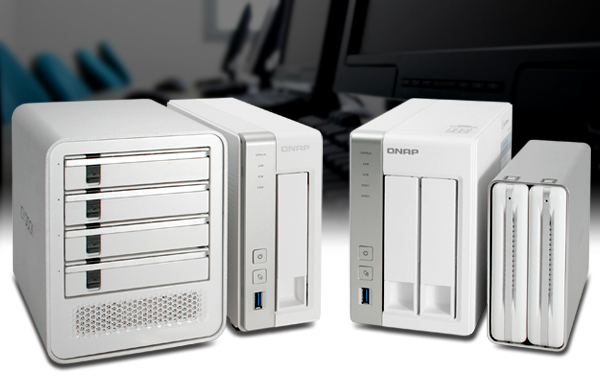
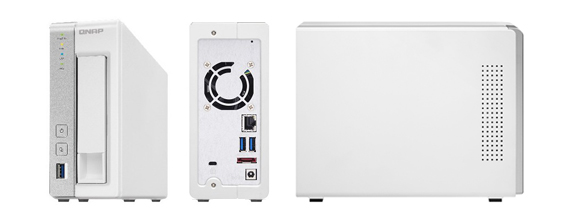
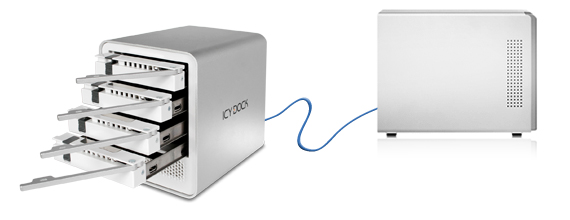
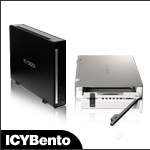
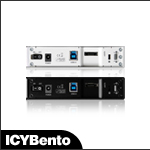
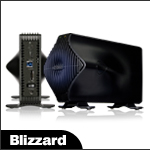
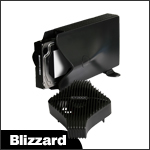
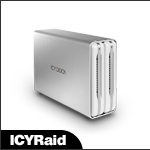
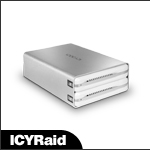
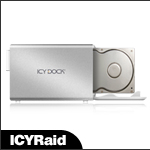
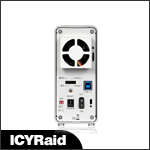
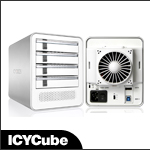
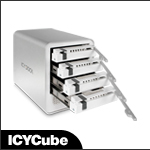
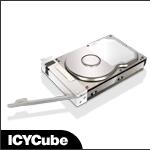
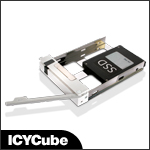
No comments:
Post a Comment